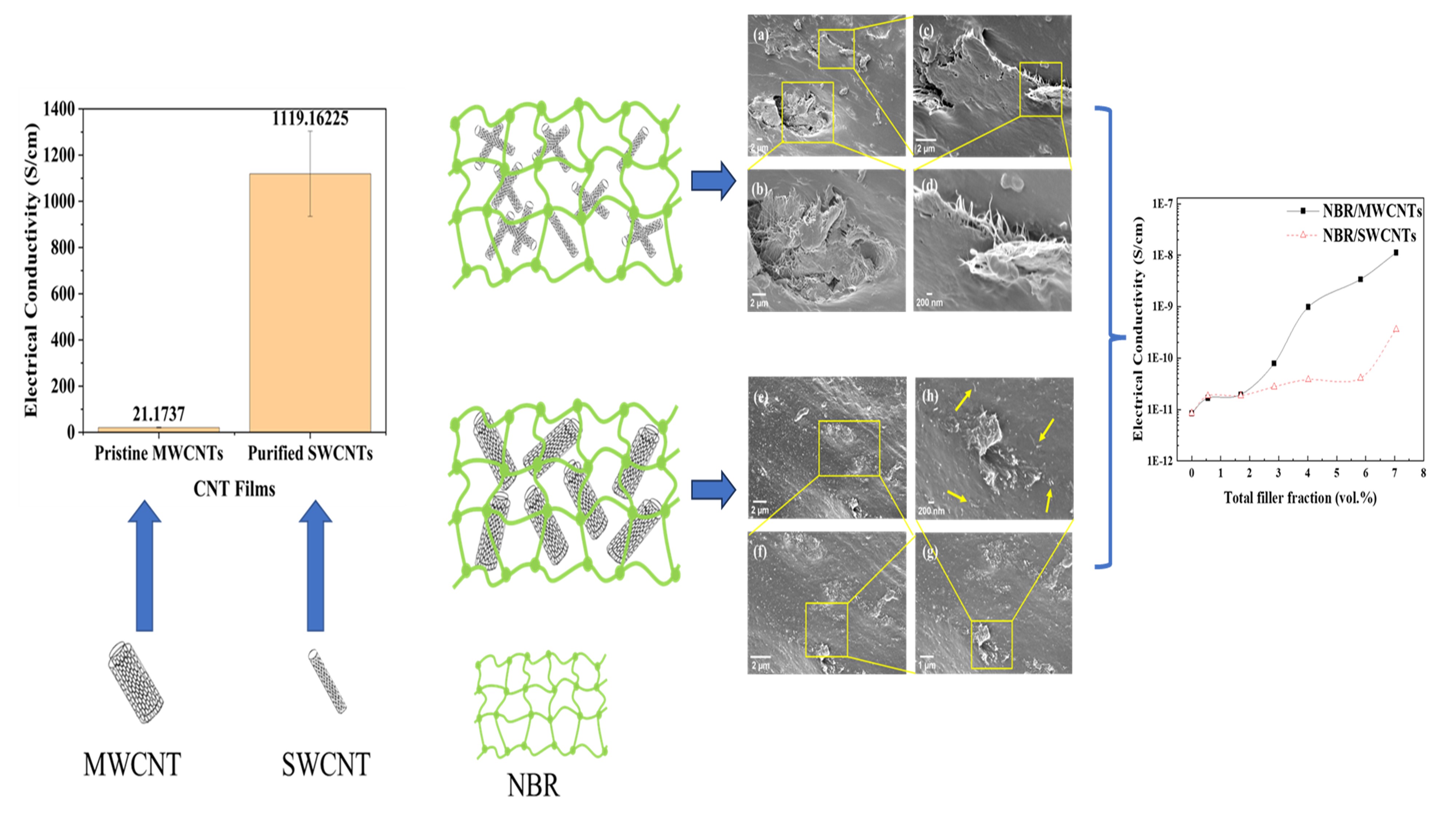Found 40 results
Open Access
Article
21 July 2025Mechanism Obstacles and Path Breakthroughs for International Low-Carbon Technology Sharing
The deepening of global climate governance urgently needs to solve the institutional predicament between the monopoly and sharing of low-carbon technologies. In analyzing the institutional obstacles to the sharing of low-carbon technology, the study found significant asymmetric conflicts between developed and developing countries in technology supply, institutional rules, and market dynamics. The current international rule system (such as the Agreement on Trade-Related Aspects of Intellectual Property Rights and Bilateral Investment Agreement) has solidified the “central-periphery” pattern of technology distribution through tools such as “prohibition provisions on compliance requirements” and “green patent barriers”, resulting in developing countries facing dual pressures of “compliance costs” and “technology dependence”. In contrast, developed countries have fallen into the predicament of “innovation involution” due to the mismatch of technological application scenarios. Based on the theory of the technology life cycle and the perspective of subject complementarity, there is a structural mutual benefit space in the supply and demand of low-carbon technologies among different countries: developing countries can shorten the industrial decarbonization cycle through technology sharing, while developed countries rely on technology diffusion to digest excess capacity and consolidate their dominance in rules. By deconstructing the practical effectiveness of the low-carbon patent sharing platform and the defensive patent licensing model, it is highly feasible to reconstruct the technology sharing incentive framework with the “open-source mechanism”. Constructing a multi-level incentive mechanism to promote corporate participation, introducing dynamic defensive patent commitments, strengthening institutional capacity building, establishing a coordinated regulatory mechanism, and enhancing stakeholder compliance mechanisms are institutional optimization pathways. These provide a legal basis for harmonizing the exclusivity of intellectual property rights with the public nature of climate governance, and also offer strategic references for China’s participation in the formulation of global low-carbon technology regulations.
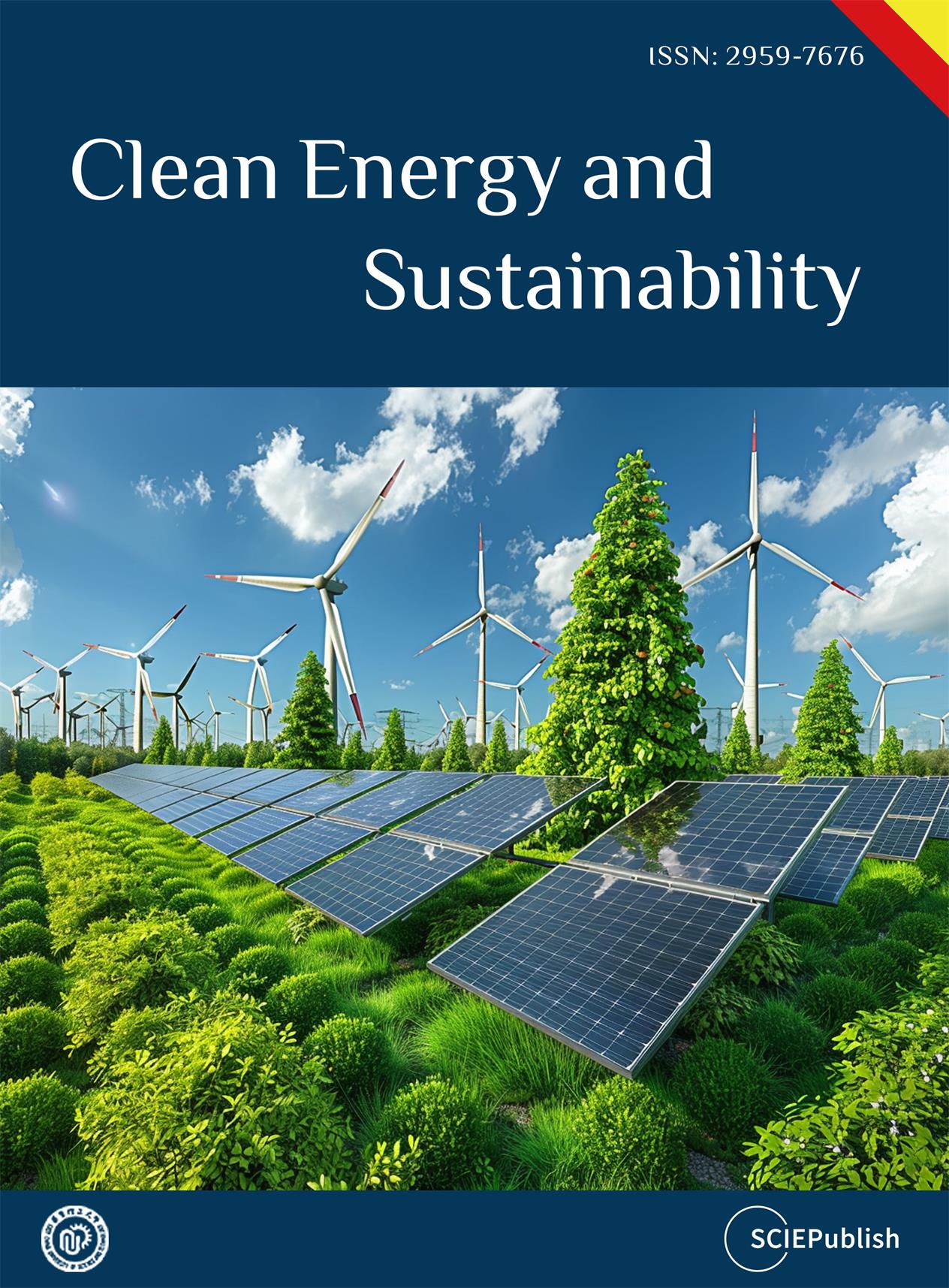
Open Access
Article
26 June 2025Law and Governance of Carbon Border Adjustments
Measured against the legally binding international climate targets, climate policy must be massively accelerated on a worldwide scale. In the absence of effective global policy instruments, a central role can be played by combinations of regional quantity governance systems, such as the EU Emissions Trading System, and additional border adjustments, such as the newly established EU Carbon Border Adjustments (CBAM). This is to avoid mere emissions shifting to other states, to encourage these states also to pursue ambitious climate protection, and to avoid competitive disadvantages for domestic industries. This paper analyzes the ecological effectiveness of the CBAM—measured against the Paris climate targets—and its compatibility with world trade law. It combines a qualitative governance analysis with methods of legal interpretation. It is demonstrated that the CBAM does not raise any concerns under WTO law and can be classified as an ecologically effective measure supporting ambitious climate protection. However, the faster and more consistent introduction of the CBAM would be ecologically more effective.
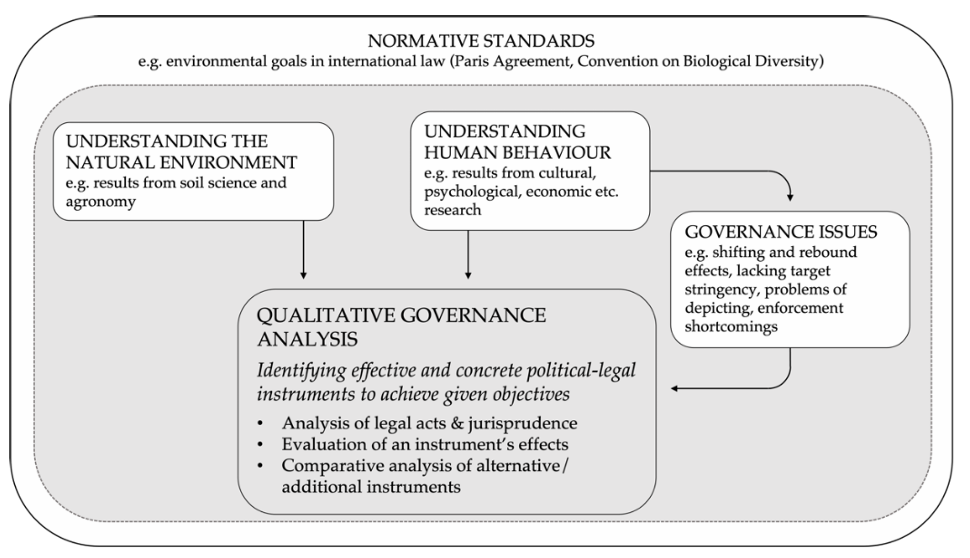
Open Access
Article
25 June 2025Synthesis and Characterization of Micron-Sized Spherical Calcium Carbonate Regulated by Sodium Carboxymethyl Cellulose
Spherical calcium carbonate particles were prepared with sodium carboxymethyl cellulose (CMC) as an addition agent by using a double decomposition reaction. We studied the effects of the additional amount of CMC on the morphology and crystal forms of calcium carbonate. The morphology and size of the product were characterized by using a scanning electron microscope (SEM). We found that with the continuous increase of the additional amount of CMC, the number of prepared spherical calcium carbonate particles gradually increases. When the additional amount of CMC is 50% of the mass of calcium carbonate generated by the reaction, all calcium carbonate becomes micron-scale spherical calcium carbonate particles. The method can be used for the preparation of spherical calcium carbonate. The X-ray diffraction (XRD) was used to test the crystal form of calcium carbonate prepared by adding different qualities of CMC. It has been found that both calcite type and vaterite type calcium carbonate exist, but with the increase of the additional amount of CMC, the number of fingerprint peaks and amplitude deviated from the baseline increased gradually. These results show that the proportion of amorphous calcium carbonate is significantly increased as the additional amount of CMC increases. The study provides a reference for exploring the preparation conditions of calcium carbonate microcapsules and the mechanism of crystal form transformation.

Open Access
Article
26 May 2025Electric Vehicles, Artificial Intelligence, and Climate Policy
This article explores the environmental implications of electrification and artificial intelligence (AI) infrastructure, emphasizing the importance of aligning technological development with climate goals. There is a lack of academic literature that explains and analyses such issues. Section 1 assesses the climate efficacy of promoting electric vehicles (EVs) and electric heating in regions where electricity is primarily coal-based. While electrification offers substantial climate benefits when powered by clean energy, lifecycle analyses reveal that EVs in coal-reliant grids may emit more greenhouse gases than internal combustion engine vehicles. Similarly, the climate performance of electric heat pumps depends on the carbon intensity of electricity sources. The section advocates for integrated policies that simultaneously promote electrification and grid decarbonization, enhancing emissions reductions and public health while mitigating the negative impacts of increased demand on polluting power plants. Section 2 uses Saudi Arabia as a case study and examines the environmental impact of AI data centers in the context of Saudi Arabia’s energy and climate policies. It highlights AI infrastructure’s energy and water intensity and its potential to strain environmental resources. To align AI development with national sustainability goals, the article recommends policies such as siting data centers near renewable energy sources, enforcing environmental efficiency standards, fostering R&D partnerships, mandating sustainability reporting, and expanding power purchase agreements and demand response participation. These measures aim to ensure responsible AI growth within climate-aligned frameworks. The implications of this study are that electrification and AI infrastructure can significantly reduce emissions and improve efficiency if powered by clean energy, but they also risk increasing environmental strain unless technological growth is carefully aligned with climate and sustainability goals.

Open Access
Review
14 May 2025Current Status of Biological Production Using C2 Feedstocks
C2 feedstocks have emerged as promising carbon sources for the biological production of various value-added chemicals. Compared to the traditional C6/C5 sugars-contained/constituted feedstocks, C2 feedstocks have diverse and abundant sources, including non-food biomass, industrial by-products, and C1 gases. This diversification not only eliminates competition with human food demands but also aligns with environmental sustainability goals. Moreover, the metabolic route for C2 compounds to enter central carbon metabolism is more direct, which minimizes the carbon loss and enhances the efficiency of bio-based production processes. This review extensively analyzes three prominent C2 chemicals: ethylene glycol, ethanol, and acetate. After introducing the sources of those compounds, it details the metabolic pathways through which they are converted into acetyl-CoA in vivo. Several chemicals produced from these C2 feedstocks in fermentation are also exemplified. Furthermore, different perspectives are proposed to promote the efficient utilization of C2 feedstocks.
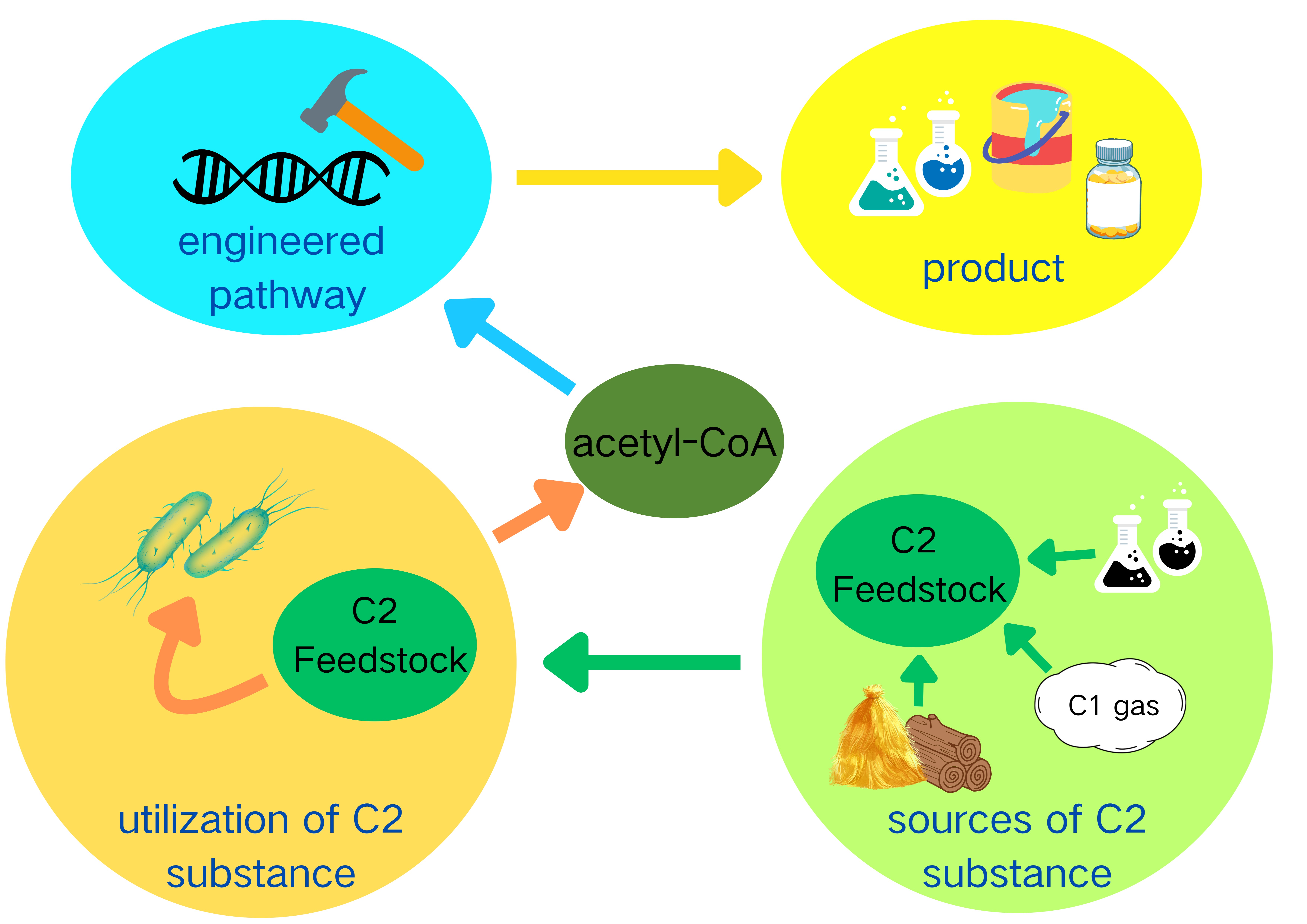
Open Access
Article
29 April 2025Application of recovered Carbon Black (rCB) by Waste Tire Pyrolysis as an Alternative Filler in Elastomer Products
The increasing global accumulation of End-of-Life (EoL) tires and the growing demand for fossil industrial Carbon Black (CB) call for sustainable alternative solutions. In this context, tire pyrolysis and the resulting recycled raw material recovered Carbon Black (rCB), are considered potential alternatives. In the study, various rCBs were incorporated into new elastomer compounds using a laboratory internal mixer and their properties were investigated. The compounds were selected based on examples of applications such as bicycle inner tubes and hydraulic membranes. By comparing the in-rubber properties of rCB-based compounds with CB reference compounds, an initial assessment of the potential use of rCB for the chosen products was derived. Compared to industrial carbon black, the use of rCB leads to a reduction in performance. Although increasing the filler content partially compensated for the mineral content in rCB and led to a slight improvement, it could not fully offset the performance loss.

Open Access
Article
28 April 2025Production and Characterization of Recovered Carbon Black (rCB) by Waste Tire Pyrolysis as a Potential Carbon Black (CB) Substitute
Recovered Carbon Black (rCB) from scrap tire pyrolysis offers a potential alternative to fossil-based virgin Carbon Black (CB) in the context of a circular economy. This study investigated the influence of pyrolysis process parameters on rCB yield and quality at laboratory and semi-industrial scales. The resulting rCBs were characterized and found to have surface and structural properties comparable to N500 and N600 series CBs, but with higher mineral and volatile contents. The quality of rCB is influenced by the feedstock composition, particularly the ratio of organic to inorganic components as well as key process parameters such as heating rate, pyrolysis temperature and residence time. Higher heating rates accelerate degradation and shift product distribution toward increased oil yield and reduced rCB formation, while higher pyrolysis temperatures lead to lower volatile content in rCB. Additionally, reactor and process design affect heat distribution, transfer efficiency, and mixing behavior, further shaping rCB properties. However, further testing is required to evaluate the actual in-rubber properties of rCBs. Therefore, additional tests are planned, incorporating rCB into butyl and nitrile rubber-based elastomer compounds, which will be addressed in a follow-up study. In addition, data from the current experiments will support a comprehensive Life Cycle Assessment (LCA) to evaluate the environmental impacts of tire pyrolysis and rCB production compared to other recycling methods, with details to follow in a future publication.

Open Access
Article
15 April 2025Technical and Eco-Efficiency Implications of the Use of Basalt Fibre in Hybrid Composites
The use of hybrid composites can be environmentally friendlier than the traditional materials since renewable resources, both natural and synthetic fibres can be incorporated into the composites, resulting in lighter weight, enhanced resource efficiency, durability, and biodegradability, which could potentially make them sustainable materials for structural applications. Basalt fibre being treated with hydrochloric acid exhibits superior adhesion with the epoxy matrix, improving overall strength and stiffness. Thus, the aim of this paper is to determine the eco-efficiency of two types of hybrid composites: glass/basalt and carbon/basalt fibre-reinforced under flexural loading. The flexural strengths of these composites were obtained through a Finite Element Analysis (FEA) model using Ansys workbench. These simulation-based flexural strengths form the basis for the quadratic regression model to establish a relationship between the different flexural strengths and fibre volume fractions combinations. Given the required flexural strength between 900 and 1300 MPa, the optimal candidates/layups were identified with the aid of the model. An environmental study following a life cycle assessment (LCA) and eco-efficiency framework of unidirectional glass/basalt and carbon/basalt fibre-reinforced hybrid composites with varying fibre volume fractions is presented in this paper to select the eco-efficient composites. In the case of glass/basalt fibre-reinforced hybrid composites, the designs with the highest eco-efficiency for 900 and 1200 MPa are [BG3]S with more glass fibre and [G7B] with more glass fibre, respectively, due to having lower costs and environmental impacts. For carbon/basalt fibre-reinforced composites, the stacking sequence [B8] was deemed to be the most eco-efficient. Finally, epoxy has the highest economic and environmental cost. Therefore, composite designs with high glass fibre content are considered eco-efficient since they have a lower epoxy content.

Open Access
Review
26 February 2025Recent Progress on Utilising Visible Light to Better Catalyst Stability for the Dry Reforming of Methane
Dry reforming of methane (DRM) is a promising strategy to closing the carbon loop. DRM valorises CO2 and CH4 by producing synthesis gas (H2 and CO), the precursor to various synthetic fuels. Key limitations of the DRM are the high-temperature requirements (600–1000 °C) and competing side reactions, many of which produce carbon that can deactivate the catalyst. Designing a stable, low-cost and active catalyst remains one of the greatest DRM challenges. One potential strategy to curtail the limitations that hinder DRM is to utilise visible light to access the localised surface plasmon resonance (LSPR) of metal catalysts. The current review discusses the recent developments in designing catalysts for LSPR-assisted thermocatalytic DRM. The thermodynamic and kinetic principles that underpin DRM are first introduced, followed by an overview of thermocatalyst design strategies. The mechanism behind LSPR is discussed, with recent developments and strategies for introducing LSPR to the DRM examined. The review offers a thorough overview of catalyst design for light-assisted DRM and may be used as a guide to developing stable and light-receptive catalysts for the reaction.
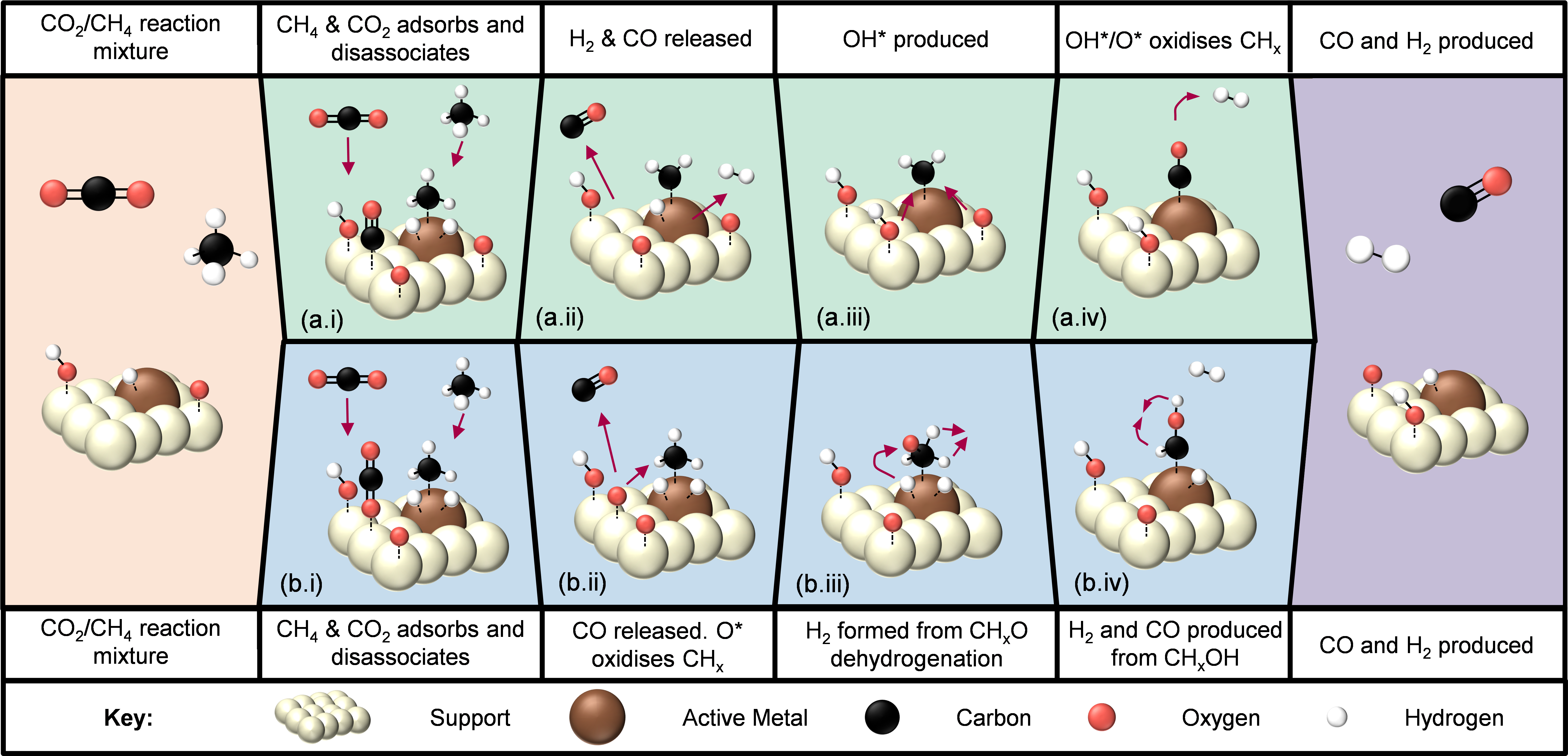
Open Access
Article
17 February 2025Comparative Study of Elastomer Nanocomposites Respectively Containing SWCNTs and MWCNTs
Carbon nanotubes (CNTs) are essential for providing polymers with mechanical reinforcement and multifunctional properties. This study investigated two groups of nitrile butadiene rubber (NBR) nanocomposites containing single-walled carbon nanotubes (SWCNTs) and multi-walled carbon nanotubes (MWCNTs), respectively. SWCNTs were purified to remove appro-ximately 20 wt.% of impurities, and both CNTs were modified with polyethylene glycol tert-octylphenyl ether (Triton X-100) before emulsion compounding and 2-roll milling with NBR. MWCNTs were found to disperse in the elastomer matrix relatively uniformly, while SWCNTs formed aggregates. Consequently, NBR/MWCNT nanocomposites exhibited superior mechanical properties, e.g. a tensile strength of 10.8 MPa at 4.02 vol.% MWCNTs, compared to 5.6 MPa for NBR/SWCNT nanocomposites. Additionally, NBR/MWCNT nanocomposites exhibited more remarkable electrical conductivity and swelling resistance to toluene. The diameter of elastomer macromolecules (0.2–0.5 nm) is close to that of SWCNTs (1–2 nm), and their single graphene wall with a hollow structure makes SWCNTs almost as flexible as elastomer macromolecules. This similarity suggests that SWCNTs should be treated as a special type of polymer. SWCNTs cannot disperse as uniformly as MWCNTs in the elastomer matrix, likely due to their smaller size and lower sensitivity to mechanical shearing during the emulsion compounding and 2-roll milling process.
